Vr application case analysis in education
The electronic information technology of modern society has developed rapidly since the birth of the computer. People are not satisfied with the human-computer interaction interface of the two-dimensional plane level, and developed a series of auxiliary tools to help people to carry out diversified human-computer interaction. Input devices have evolved from the most traditional keyboards and mice to today's touchpads, eye-pointers, and speech recognition. Output devices have also evolved from simple displays and speakers. At the same time as the evolution of hardware devices, the "content" of human-computer interaction, that is, the software and information levels, has also undergone rapid changes. From the initial binary digits to the later command prompt strings, to later desktop operating systems and multimedia audiovisuals, today's people have mastered enough top-level technology to use computers to simulate real-life scenarios that are seen everyday. One of the masterpieces of this technology, and one of the most promising technologies in the future of information technology, is virtual reality technology.
With the diversification of educational forms and the in-depth application of cutting-edge information technology in the field of education, the VR/AR learning environment has promoted more and more educational scholars to return to the essence of education by reshaping learning methods, which has produced a breeding of innovative talents and education. profound influence. Based on the introduction of the VR/AR concept, this paper expounds the status quo of international VR/AR education application, introduces the classic VR/AR education case development and empirical results, which helps us to understand more deeply the construction of informational teaching mode. General law. Of course, the application of VR/AR in education is still at an early stage. The application in education has both opportunities for development and some challenges. In the future research, we should deeply study how the VR/AR learning environment supports learning and teaching, so as to improve the learning effect of students in classroom teaching, and provide experience and enlightenment for the reform and innovation practice of education teaching mode.
The application of virtual reality in educationIt is not difficult to see that VR technology is a breakthrough in multimedia technology in transmitting information. The information conveyed by VR is not just simple graphics, sound or hypertext, but a series of real-time generated immersive audiovisual information, tactile and motion perception (and the sense of smell and taste in the future). The biggest feature of VR is “immersiveâ€, which coincides with the “scenario construction†theory in the educational principle. Therefore, applying VR to education has become a hot research direction.
In the early exploration, people can use VR technology to construct virtual scenes and ideal experiments. After entering the parameters, they can observe the evolution process. In the United States, there are examples of using 3D scenes to reproduce the traditional fire rescue theory, and the cost is real. The fire experiment was greatly reduced. Nowadays, VR technology can provide learners with a variety of virtual scenes for their detailed observation and even experiment or operation due to their high degree of simulation and time and space constraints.
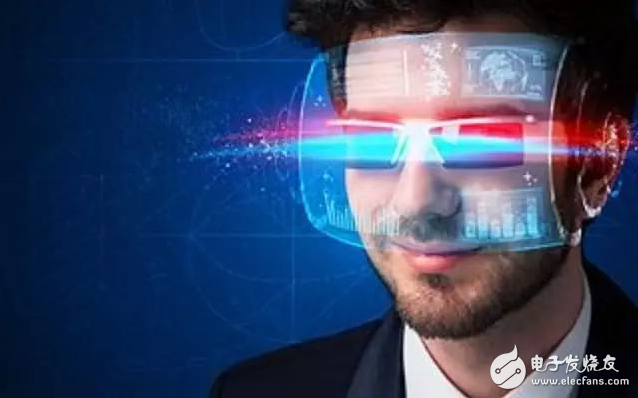
As the name suggests, the VR training ground and the experimental platform are to build experimental sites in the virtual world for learners to perform activities and operations. Since the operation object changes from the actual object to the model in the virtual world, allowing the operation mode to increase or decrease (generally reduce) with the design designer's fineness, the designer can give a more streamlined operation flow. The prompt informs the learner how to control and process the "in front of" object. At the same time, even if the learner fails due to mistakes, it will not cause actual property damage or even life-threatening. It is a relatively safe training method. For example, we can perform chemical experiments in the manufacture of TNT and test explosions in 3D laboratories. Since some operations in the real world are based on feedback from the force of the operating object (strictly speaking, feedback other than the acousto-optic form), certain requirements are placed on the hardware. The force feedback device that has been put into use now includes a glove with a built-in vibrator, a pen for a shape simulation, and the like.
2 Scientific research and simulation observationThis application is mainly a revision of the previous application. Compared to high operability, scientific research and experimental observations focus on allowing users to observe more accurate and valid data for subsequent analysis or use. Therefore, this application focuses on placing the hard-to-observe phenomena into the virtual world in a highly realistic way, allowing users to observe them with more comfortable and convenient angles of view or time measurements, and correspondingly also by the system. The data that should be observed in the experiment. For example, we can use the VR system to reconstruct scenes and data analysis of a celestial collision. This kind of application has low requirements on hardware devices, and mainly requires the computing power of the computer system.
3 virtual campus"If you don't go out, you know the world" has begun to gradually realize in the era of the Internet, and the VR system will give this Chinese ancient è°š a newer connotation. Compared to the traditional distance education system that mainly provides audio, video and hypertext content, if we can build a highly simulated campus with VR system, we can overcome a series of problems caused by lack of interactivity or interactivity. Teachers and students around the world can use the hardware and software clients of the VR campus to link to the same virtual campus via the Internet, and carry out the learning activities they have adapted to, just like students who are in the same geographical position.
Based on the above examples, we can see how broad the application prospects of VR systems in education are. However, the development of technology itself is not enough to create a virtual reality world that is completely immersive and completely immersed.
Typical VR/AR teaching caseAt home and abroad, the focus on the application of VR/AR technology in education is increasing. Some teams have also tried the application of VR/AR education. Here are some typical cases to show the educational application of VR/AR.
(1) 3D virtual learning environmentSecond Life (SL) is a large-scale multiplayer online role-playing platform that simulates real society. As an immersive game learning environment, SL applications have great potential for collaborative learning.
Studies have found that educational technology, media research, qualitative research methods, computer science, history, women's studies, writing and publishing, cultural studies and management have all been taught in SL. In the case of linguistics, students who learn English and native English speakers communicate in a SL through a virtual avatar, which is difficult to achieve in real life.
With the support of constructivism, Zhao Jingjing combed the elements of the activities of teaching Chinese as a foreign language in virtual reality. Taking the SL platform as the research carrier, a Chinese teaching virtual island and an English teaching virtual island were selected as a case for comparative analysis. The characteristics of the teaching environment, the characteristics of teaching activities and the characteristics and limitations of the human-computer interaction interface were discussed.
The SL-based learning environment has three characteristics: 1 immersive environment with interaction and knowledge construction; 2 creation and maintenance for all users; 3 focus on social networking. Although the current most popular, most popular, and relatively open platform, SL lacks management tools to support the learning process. Therefore, Sloodle came into being. Sloodle, the Object-based distributed learning environment based on Second Life, integrates several functions of SL and Moodle, the most open online teaching platform, to build a convenient and interesting 3D learning environment. Figure 1 shows the Sloodle architecture, which transforms the QR code function module in Moodle into its own 3D tool and communicates with the XML protocol and XML remote calls.
Sloodle includes tools such as Web-Intercom, MetaGloss, Choicer, and Translator to support teaching activities such as role-playing and simulation, collaboration, problem rendering, activity construction (created objects and attribute development), and before and after the event. Conduct task guidance for students.
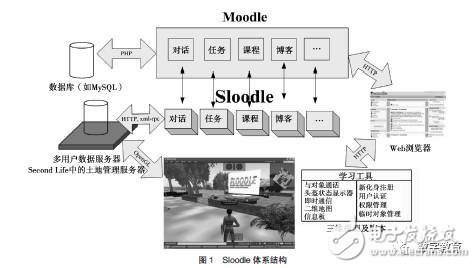
In addition to SL, Cai Su et al. of Beijing Normal University independently designed and developed a cross-platform three-dimensional virtual learning environment platform i3DVLE, and carried out quasi-experimental research in primary and secondary schools to analyze and evaluate the effectiveness of teaching in 3D virtual learning environment. Students' motivation and participation in learning. In view of the potential demand for the three-dimensional virtual learning environment for the teaching of primary and secondary schools, i3DVLE has designed several educational cases, such as the laws of the solar system, the law of Newton's movement, and the virtual lecture hall.
i3DVLE is applied to the actual teaching of primary and secondary schools. The research team assists the learning process through face-to-face communication and network Q&A, and understands the actual application status of teachers and students. However, the learning outcomes of some students are not as good as expected. Some of the concepts that they can master in the formal classroom are not ideal in the 3D virtual learning environment. Therefore, according to some feedback from teachers and students, the team has also made many improvements, such as adding virtual teachers, giving virtual teachers more authority to control and grasp the classroom, improving the user's interactive tool interface, etc., and improving the functions of the i3DVLE platform. .
The current development trend of the three-dimensional virtual learning environment is as follows: First, the user participates in the creation, that is, the learning content is completely created by the user. The second is to provide space for exploration and integration with the learning management system. The Sloodle introduced in the previous article is a typical case. Of course, it is not perfect enough. In order to better integrate the three-dimensional virtual environment and the learning management system, it needs more researchers and practitioners. Work hard. The third is the fusion of virtual and real. The realism of the virtual environment depends on the development of graphics, but no matter how it develops, virtual is virtual after all, and our learning activities are all happening in the real physical world. "Augmented reality" enables learners to carry out There is a better experience when learning activities, and this technology should be more widely used in education. The fourth is the deep integration of 3D and artificial intelligence technologies. Due to the complexity of learning, if the three-dimensional virtual learning environment can be completely like human behavior, such as automatic question answering, automatic file formation, automatic judgment, etc., it is still difficult, and a breakthrough in artificial intelligence technology is needed.
(2) AR BooksThe first example of using augmented reality in education was the Magic Book by Billinghurst. It creates 3D scenes and animations based on the contents of the book, and uses a special pair of glasses to allow children to see a combination of virtual and real scenes, as shown in Figure 2.
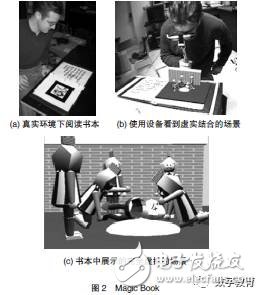
With the fable story as the carrier, Dunse and Hornacor completed the challenging task of story setting through reading, and observed and analyzed the children's learning behavior. The study found that children generally believe that the AR environment is novel and interesting. Then, based on the data feedback, they designed an AR book for children aged seven, mainly analyzing how children can establish a meaningful connection between real-world knowledge and skills and the AR environment. The study concluded that the interaction between the AR interaction and the real world is basically the same, and this novel display effect makes their reading interest greatly improved.
After that, the team designed and developed the coloring picture book. After the picture in the book is painted, the 3D model of the painted color can be displayed by using the flat film.
Cai Su, Song Qian and Tang Yao proposed the architecture of the augmented reality learning environment in 2010, and based on this, realized a book of augmented reality concepts - the book of the future. The book selects the effects of the combination of virtual and real in the single pendulum and Newton's law in the physics subject, as shown in Figure 3. As the earliest augmented reality book in China, the book of the future participated in the 17th Beijing International Book Fair in 2010, which was well received by the participants.
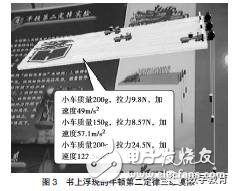
Our company can provide many kinds of high quality vehicle Alarm Speakers,with the advantages of novel appearance, it has clear sound quality, waterproof, corrosion resistance, and good sealing performance.
All electro-acoustic parameters have reached the leading level of similar products, and are widely used in special products police Dept. Fire Dept. Ambulance and fixed places for alarm matching use so on ! it can match with with our all siren products to work !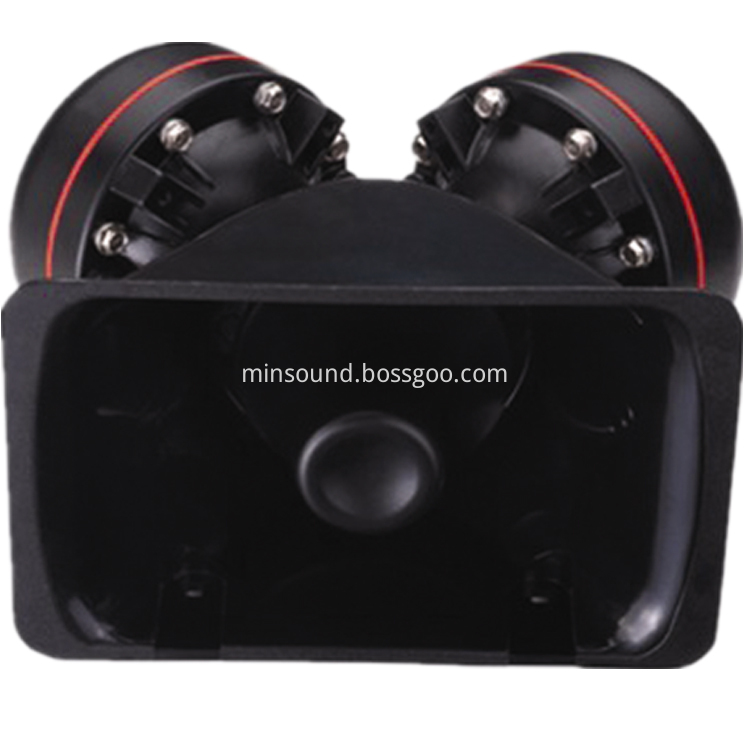
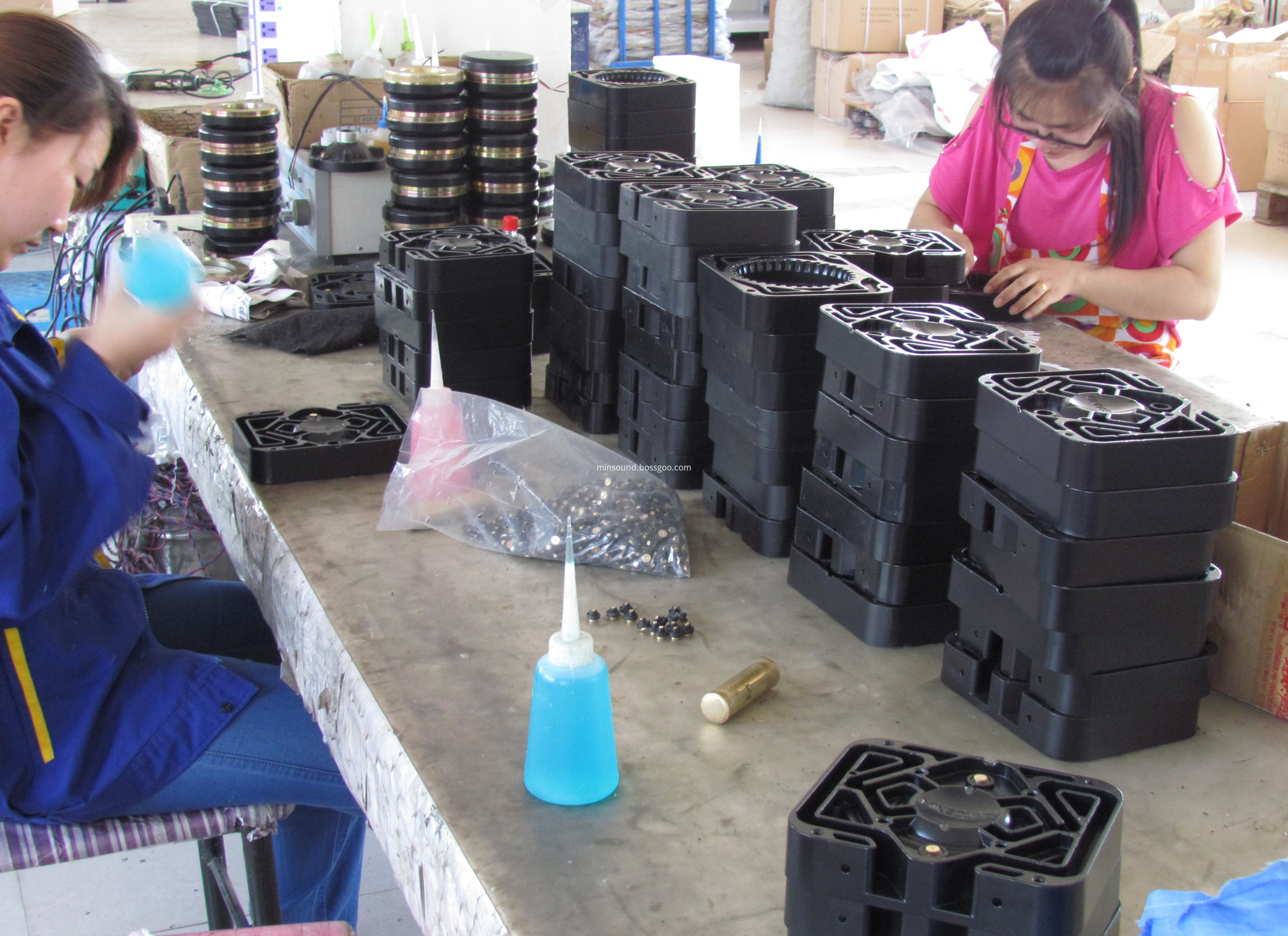
Alarm Speakers,Emergency sirens,Emergency Siren Speakers,Warning Sirens,siren speakers
Taixing Minsheng Electronic Co.,Ltd. , https://www.ms-speakers.com